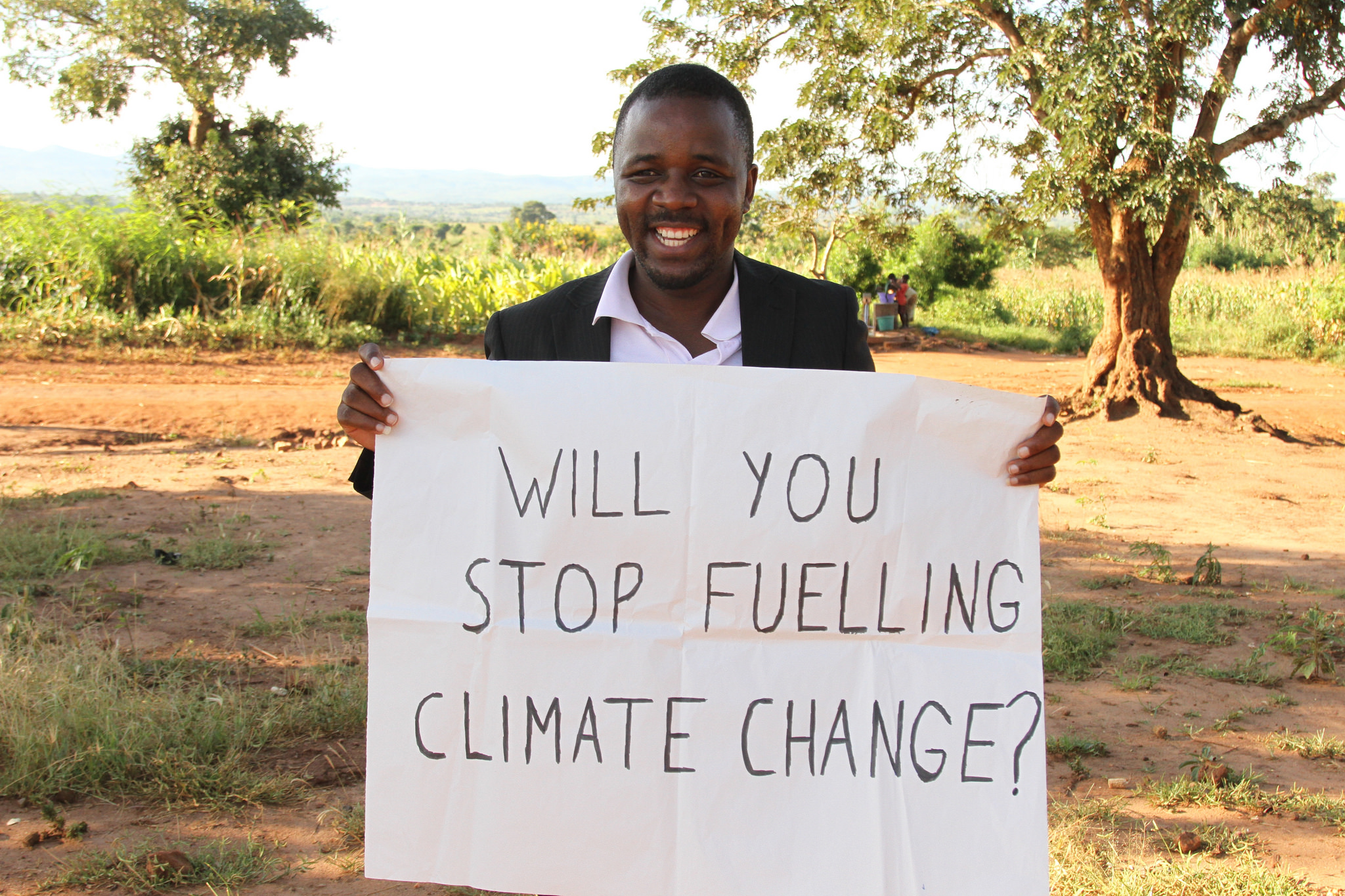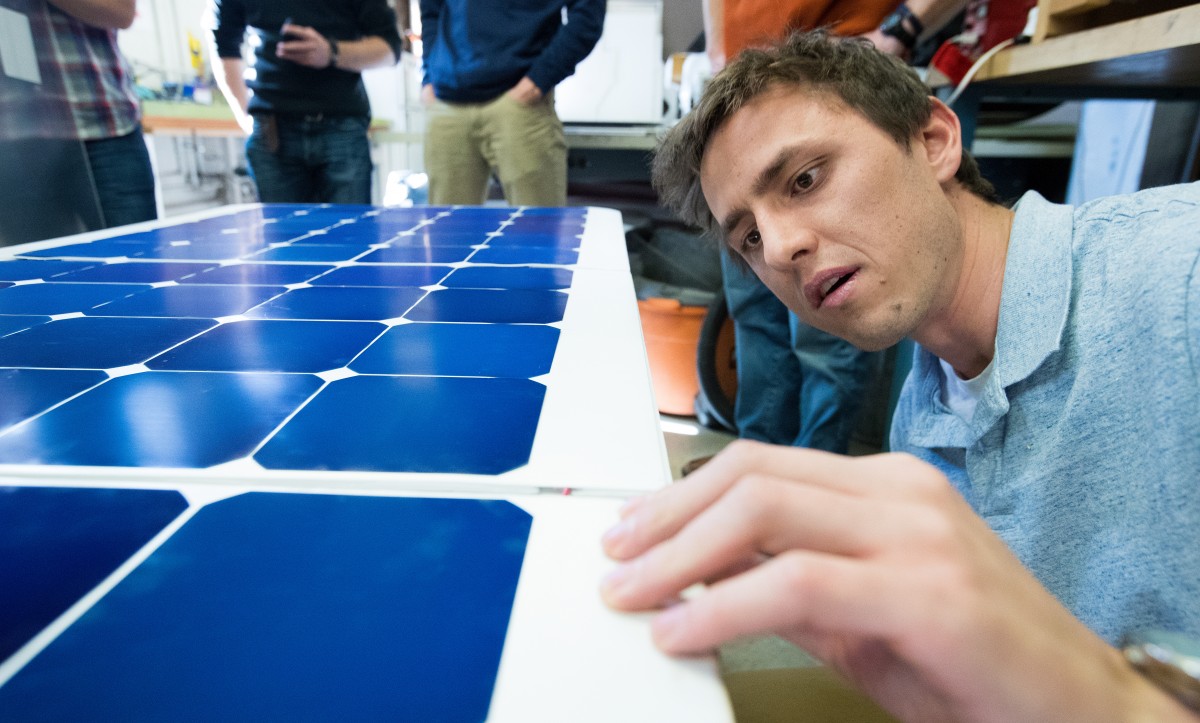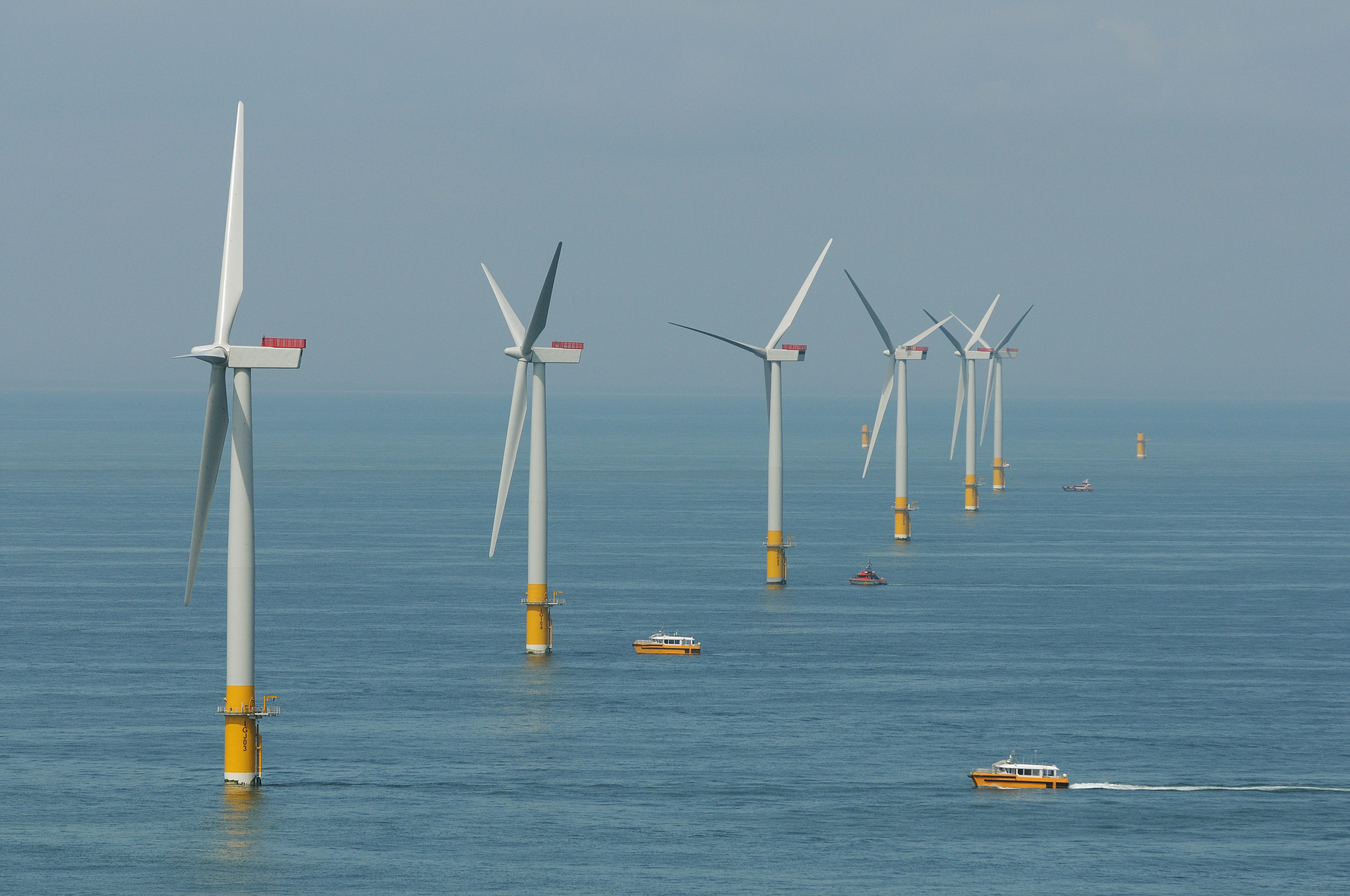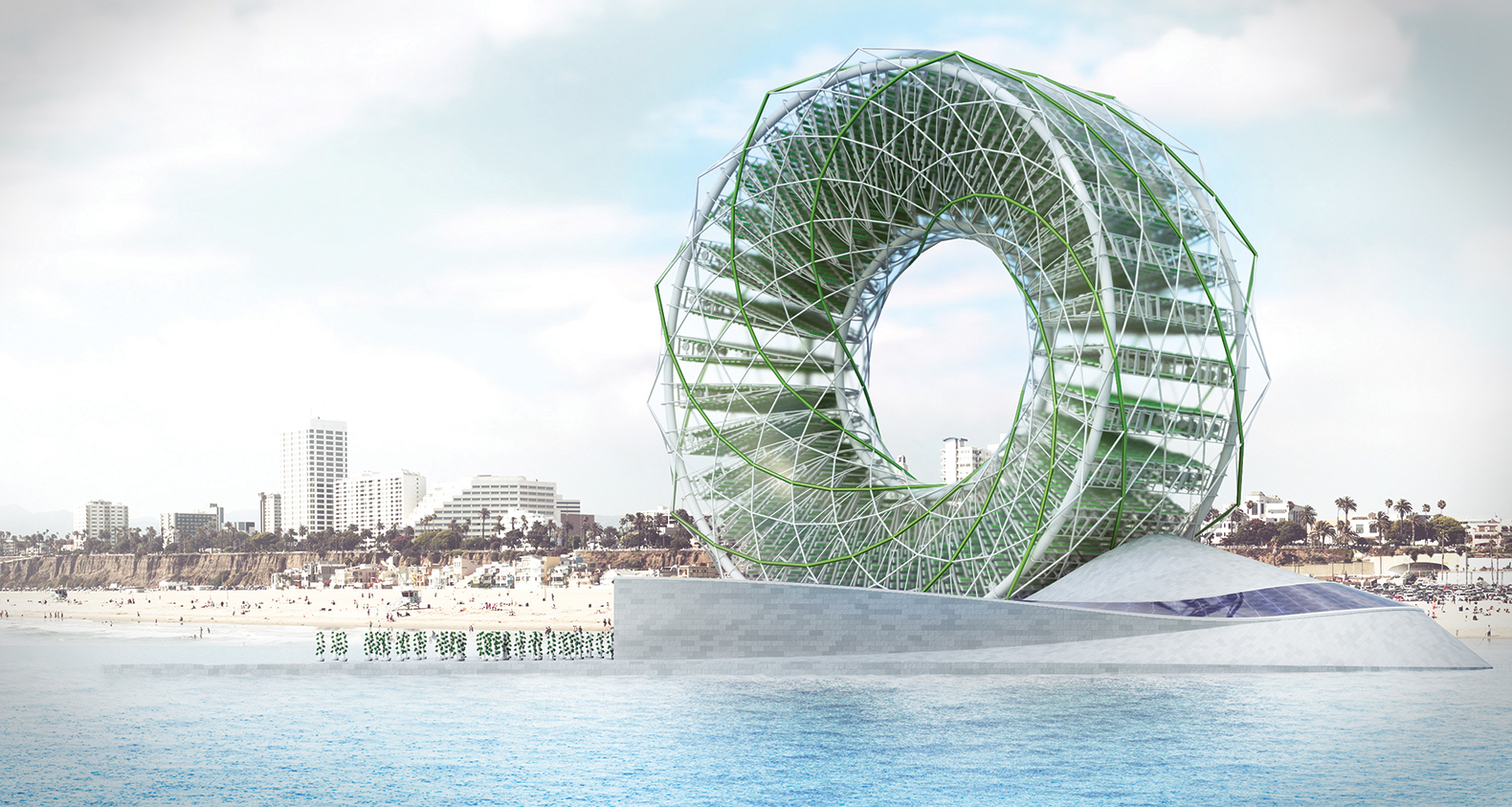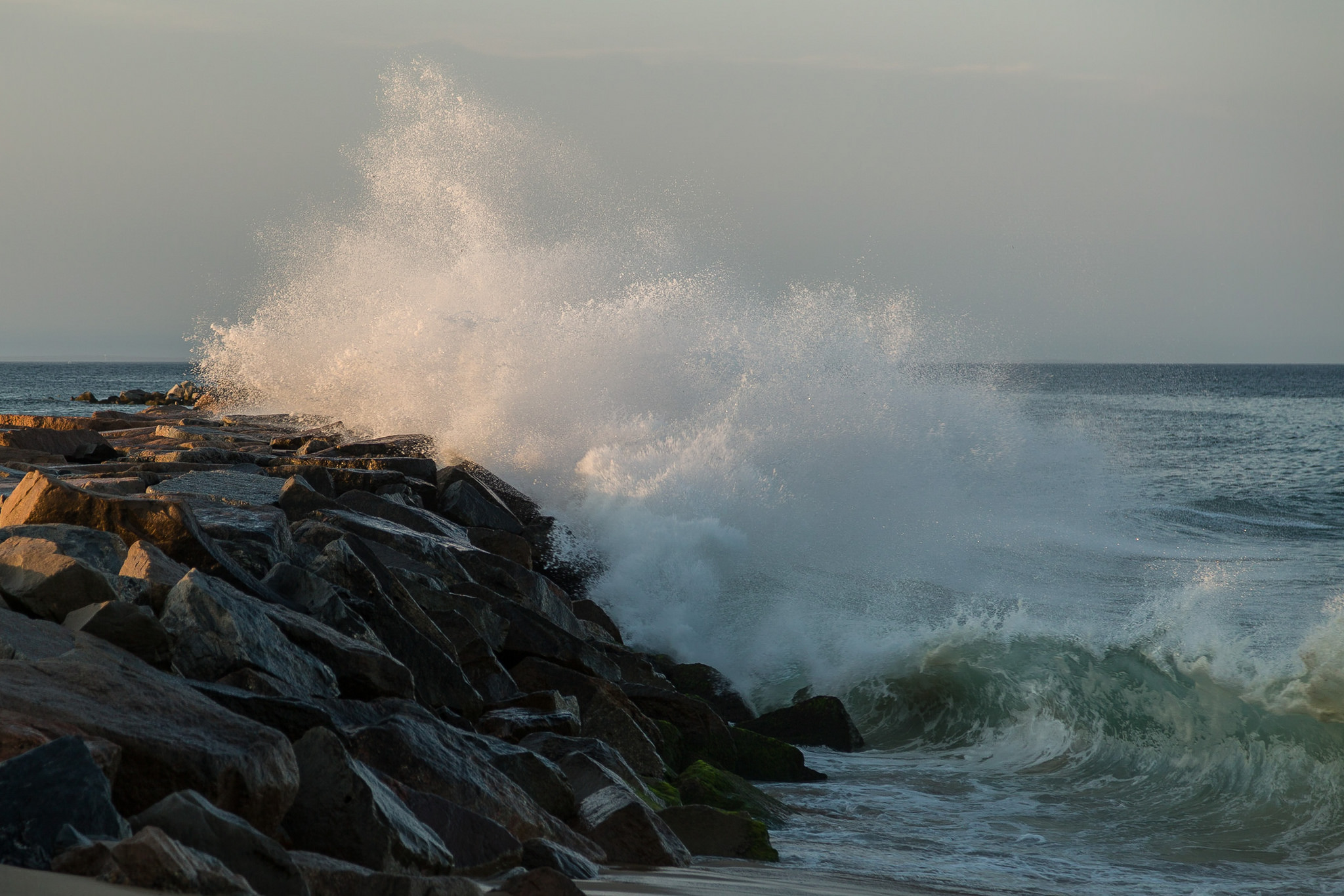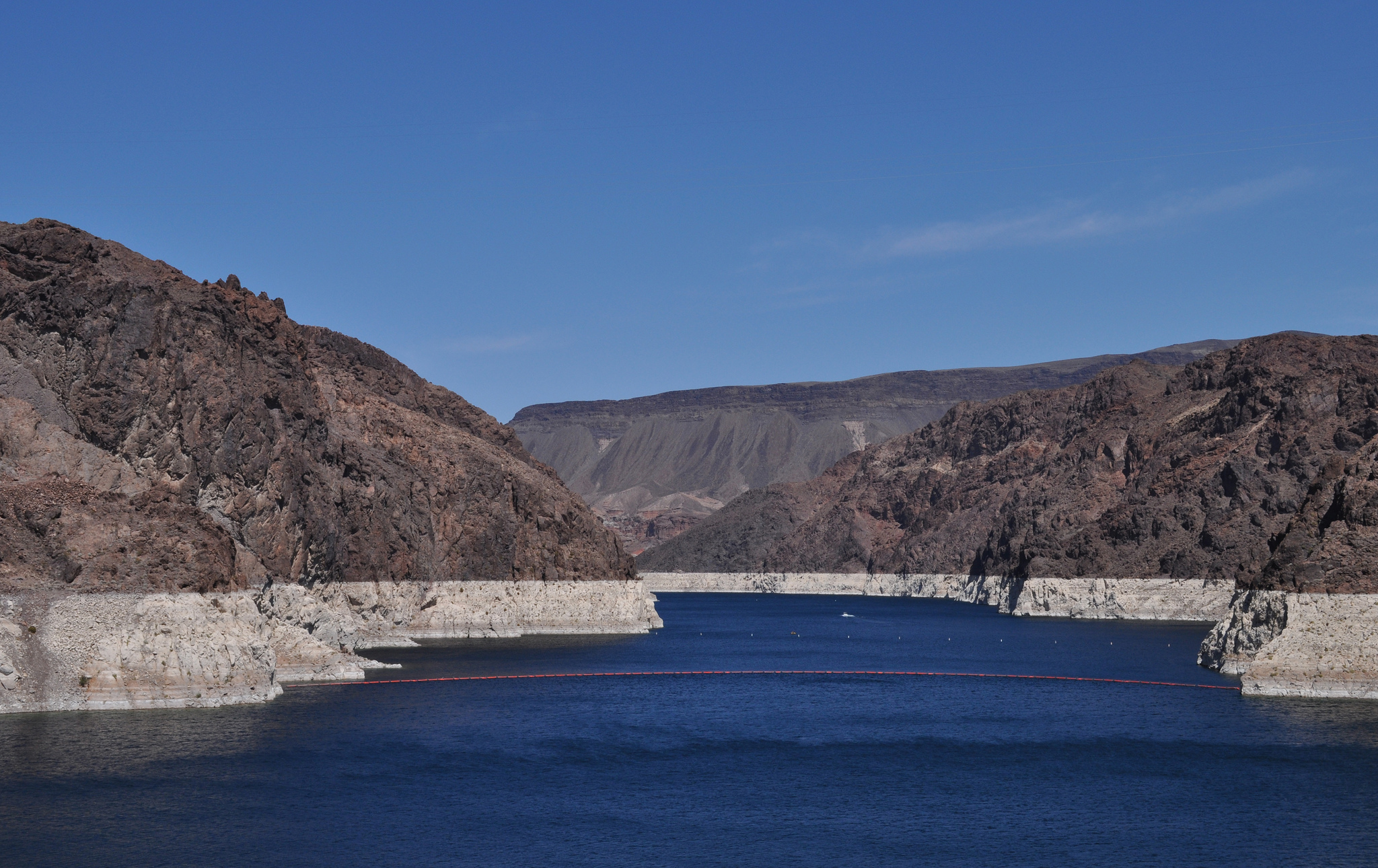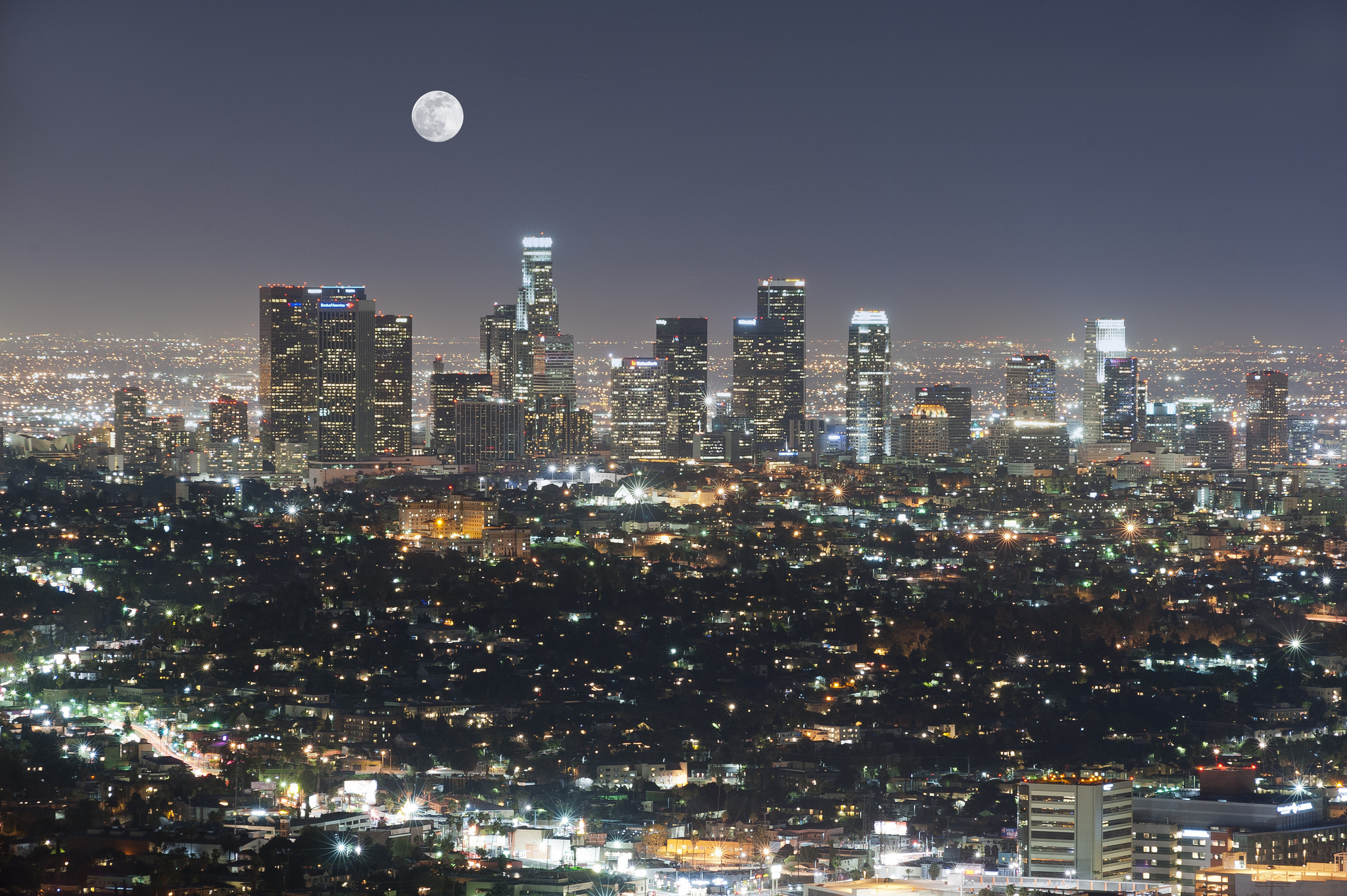electricity
Building A Better Solar Cell
The great majority of solar cells being manufactured today are based on silicon crystals. That technology has come a long way over time and has gotten cheaper and more plentiful as the industry has grown.
Renewables On Campus
Colleges and universities across the country are increasingly deploying solar arrays and other types of renewable energy. Many have set goals to become carbon neutral.
Floating Wind
Offshore wind power can supply a significant amount of energy to our hungry grid. In many places in Europe, it is doing just that. Here in US, it is just starting to be used in some places in the Northeast, with the first small offshore wind farm coming on line off the coast of Rhode Island.
Student-Led Solar Revolution
College students have often spearheaded uprisings and revolutionary ideas. A group of BYU engineering students is trying to start a solar-cell revolution.
Offshore Wind In Europe
The U.S. has just turned on its first offshore wind farm off the coast of Rhode Island. In the meantime, offshore wind continues to grow by leaps and bounds in Europe. Wind energy in the European Union accounts for 12% of its electricity supply. Until 2011, offshore wind comprised only 5-10% of the newly-installed wind energy capacity; now it about one third of the new installations.
Renewable Energy As Art
When we think about the visual impact of energy plants, we usually envision ugly smokestacks belching out toxic fumes. Of course, many people also consider wind turbines to be eyesores and even solar panels are often viewed unfavorably from an aesthetic point of view.
Energy At Our Feet
There are both big ideas and small ideas for generating electricity from renewable sources. For example, even though there are now gigantic solar energy farms producing vast amounts of electricity, there are also plans to embed solar technology in the windows of homes and businesses to capture even more of the sun’s energy.
Kite Power
Wind power is a growing contributor to the energy grid but it has its limitations. Wind turbines need to be located in windy places and the structures are big, get in the way of things, and are rather costly.
Turning Sunlight into Fuel
When looking at the best ways to meet humanity’s energy needs, there is little doubt that the sun is the ultimate answer. In one hour, the Earth receives enough energy from the sun to meet all of our needs for a year. Despite this fact, the world currently only gets about 1% of its energy directly from the sun.
Wave Energy In The United States
By some estimates, America’s oceans could provide enough electric power to meet a quarter of the country’s energy needs. Despite this, until recently the contribution to the U.S. electric grid from marine energy has been exactly zero.
Offshore Wind At Last
Europe has embraced offshore wind power as a major contributor to its electricity needs for a long time. As of June, there was a total of 3,344 offshore wind turbines with a combined capacity of over 11.5 gigawatts of power connected in European waters in 82 wind farms located in 11 different countries and providing power to millions of people.
Virtual Power Plants
The traditional model of the electricity grid is one where centralized large power plants send power through transmission lines to substations and then on to homes and businesses. As localized renewable energy sources, energy storage systems, and efficiency systems proliferate throughout the system, a new concept is emerging: that of the virtual power plant.
Installing Solar Panels
Part of Hillary Clinton’s proposed energy plan is a pledge that half a billion additional solar panels will be installed by the end of her first term if she is elected President this year. This number sounds wildly ambitious. It is even realistic?
Energy Intensity
Every stage of civilization is characterized by its use of energy. From burning wood to steam engines to our electrified society, energy is behind everything we do. Over time, human society has become increasingly energy intensive. As our standards of living have improved and as we overcome the effects of weather – either cold or warm – it takes more and more energy to live the lives we lead.
Solar Power 24/7
The biggest challenge facing both solar and wind power sources is that they don’t produce power around the clock; they only work when the sun is shining or the wind is blowing. As a result, they don’t quite measure up to the requirement for power on demand.
